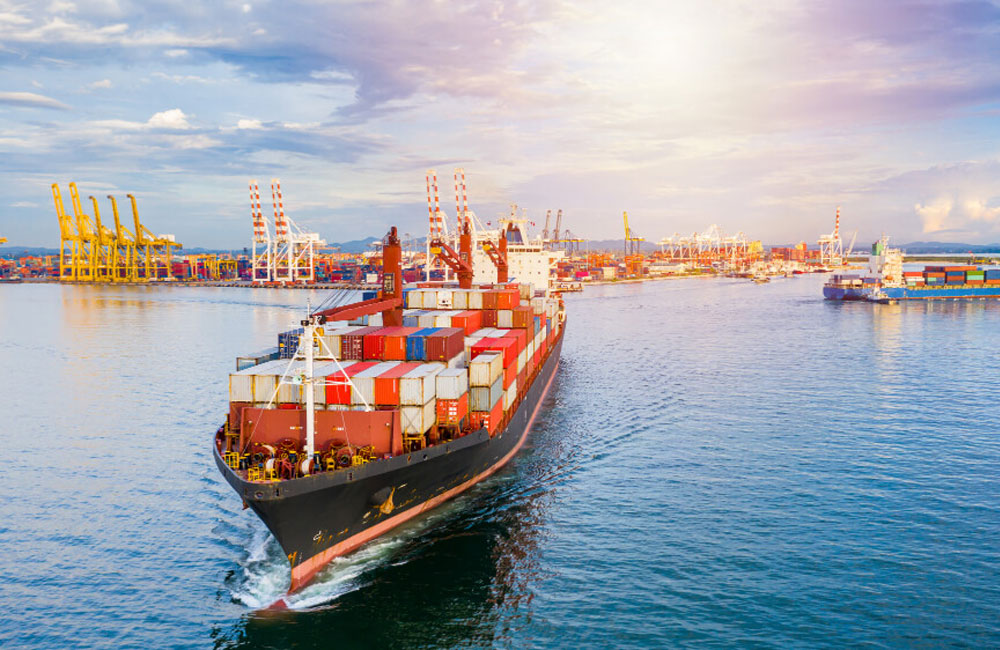In recent months, Sri Lankan importers and exporters are reporting mounting disruptions at the Sri Lanka Ports Authority (SLPA) and troubling terms set by foreign shipping companies operating through the Port of Colombo. Two interconnected issues stand out: frequent vessel omissions at the port’s major shipping lanes, and an increasingly widespread demand by global shipping lines that local firms pay freight and related services in USD rather than Sri Lankan rupees (LKR).
On the first front, industry lobby group Free Trade Zone Manufacturers’ Association (FTZMA) has formally alerted the Ministry of Ports and Civil Aviation that exporters are facing rawmaterial shortages, production delays and missed delivery deadlines, because several major liner operators are omitting Colombo from scheduled rotations.
Key sectors such as garments, rubber and electronics heavily reliant on “just-in-time” logistics are reportedly being hit hardest. FTZMA warns that Sri Lanka’s status as a regional shipping hub is undermined and urged immediate governmental intervention to improve yard efficiency, inter-terminal transfers and transport connectivity.
Overlaying this logistical squeeze is the more disturbing currency dimension: several shipping lines and their local agents are insisting that Sri Lankan importers/exporters settle domestic port-handling or freight invoices in US dollars, even when the services are rendered entirely within Sri Lanka.
Multiple reports allege that these demands contravene the country’s foreign exchange regulations, which require domestic transactions in LKR unless otherwise authorised by the Central Bank.
“Major shipping lines … are demanding payments in US dollars from Sri Lankan exporters … when the service including port handling, customs documentation, inland transportation — was entirely performed within Sri Lanka.”
The dual squeeze is exacting a heavy cost. For exporters earning foreign exchange, being forced to re-spend dollars domestically erodes their margins and drains hard-earned convertible currency reserves. For importers, a similar mechanism increases cost burdens, worsens rupee pressures and threatens overall economic competitiveness.
One expert described the practice as a form of “currency cannibalism”, where every dollar earned abroad is immediately drained back into domestic transactions before it can bolster the country’s foreign reserves.
The macroeconomic implications are serious: such forced dollarisation creates artificial demand for USD, exerting depreciation pressure on the LKR, reducing liquidity in the banking system, and discouraging new foreign investment as logistic and currency risks mount.
The combination of export delivery risks (from vessel omissions) and latent foreign-currency demands (from freight services) sends negative signals to global buyers and logistics partners alike.
Local industry associations are now calling for a formal investigation.
Key demands include: identification of shipping lines or agents enforcing dollar payments in Sri Lanka;review of whether those transactions were legally authorised under the Central Bank’s foreign exchange regime; quantification of the total foreign currency outflow linked to such transactions;
They also call for action by the SLPA and banks to enforce rupee payments for domestic services unless exempt; and urgent improvements in port-logistics infrastructure to reduce the frequency of vessel omissions.
Ultimately, Sri Lanka risks more than just higher individual costs for importers or exporters: the country could lose market share, see its logistical reliability decline, and further weaken the rupee just as it seeks foreign investment and export growth. Unless addressed swiftly, the twin pressures of port omissions and forced dollar freight payments may spell a self-inflicted head-wind to the nation’s economic recovery.

Leave your comments
Login to post a comment
Post comment as a guest